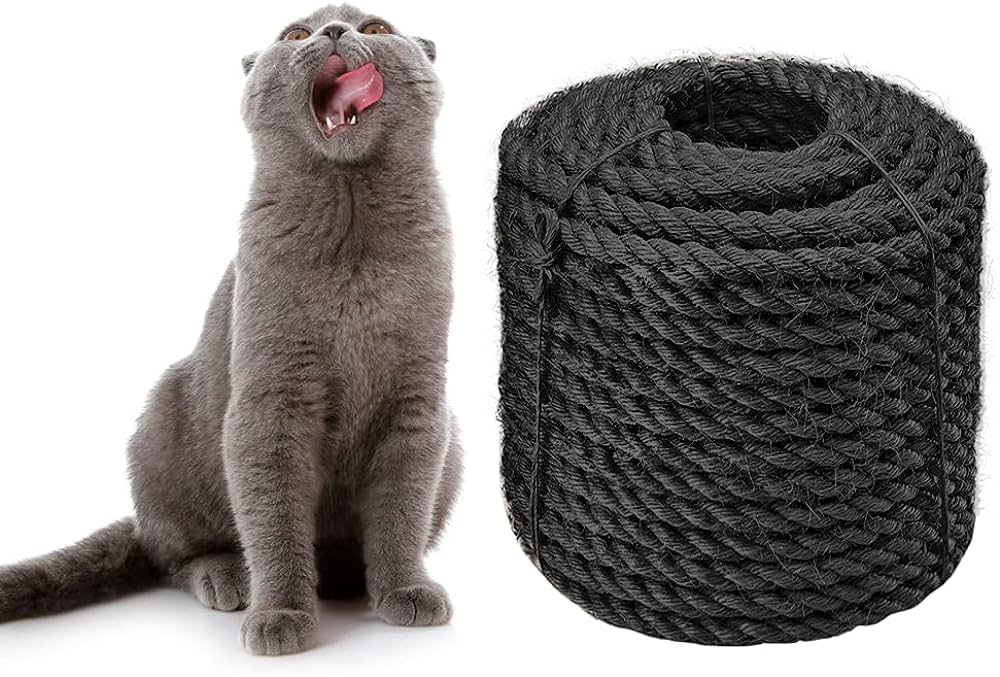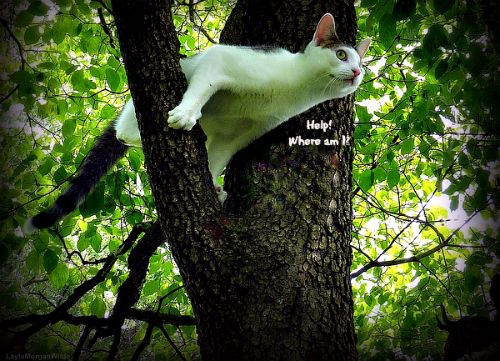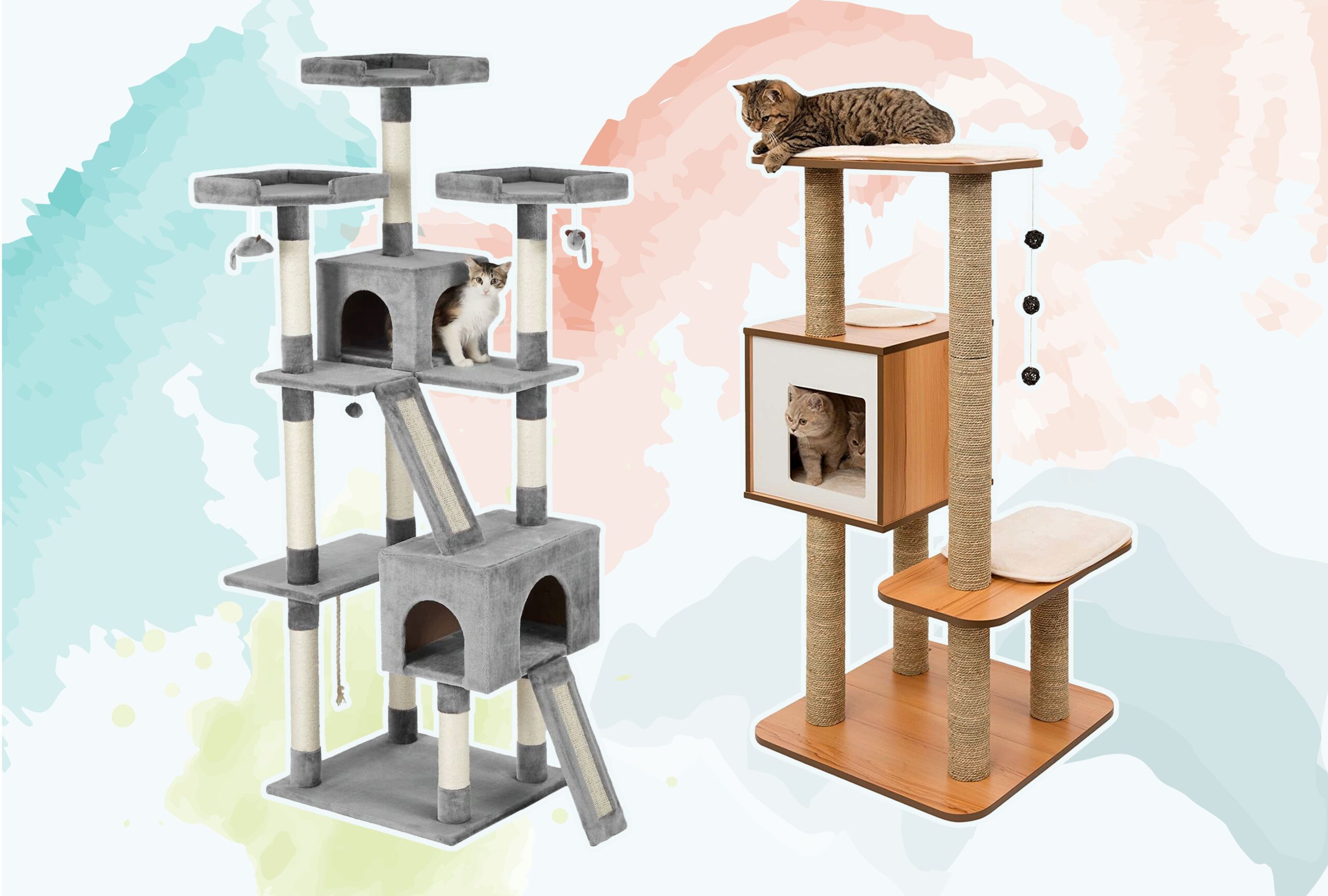Buying a used cat tree can be safe if it is in good condition and properly sanitized. Always inspect for sturdiness and signs of wear before purchasing.
A cat tree is an essential item for any feline-friendly household, offering cats a space to exercise, play, and relax. With the cost of new cat trees sometimes being prohibitive, second-hand options are an economical alternative. Ensuring the safety of a used cat tree involves checking for any loose parts, potential hazards like nails or staples, and making certain that it is free of parasites, such as fleas, which could harm your pet.
A thorough cleaning is a must, using pet-safe products to disinfect and remove old odors. Considering these aspects will help cat owners provide a safe and enjoyable environment for their pets without breaking the bank. It’s crucial to prioritize your cat’s health and the integrity of the product to make sure your furry friend enjoys their second-hand perch safely.
:max_bytes(150000):strip_icc():focal(2999x0:3001x2)/peo-cat-tree-social-d2490a305b824c2fb6711941a46c60ed.jpg)
Credit: people.com
Pre-owned Cat Trees: Worth The Bargain?
Scouting the market for a cat tree can be a thrilling hunt. Used cat trees promise great savings, but are they a smart choice? Explore the true value and possible drawbacks of going pre-owned for your feline friend.
Hidden Costs Of Secondhand Savings
Second-hand deals seem easy on the wallet at first glance. But what hides beneath the surface? Don’t overlook these hidden costs:
- Sanitization: Cleaning costs can add up, ensuring safety for your cat.
- Repairs: Worn or damaged parts might need immediate fixing.
- Missing Elements: Replacement of lost toys or components can be pricey.
A diligent assessment of these factors will guide a well-informed decision.
Life Expectancy Of Cat Trees
Considering a cat tree’s life expectancy is crucial. A breakdown of common materials’ durability:
| Material | Durability |
|---|---|
| Wood | Long-lasting, sturdy |
| Carpet | Medium lifespan, prone to wear |
| Sisal Rope | Varies, often quickly frays |
Evaluate a used cat tree’s condition carefully. Ensure it can withstand your cat’s playful adventures. This ensures your furry friend enjoys a safe haven for years.

Credit: www.costco.com
Potential Perils Of Used Cat Furniture
Cat lovers know that kitties adore their personal space. A cat tree is a perfect spot for climbing, scratching, and napping. But what about getting one pre-loved? The idea carries potential hazards that cat owners should consider.
Parasites And Pests: What Lurks In The Fur
Used cat trees might harbor unwelcome guests. Fleas, ticks, and mites love to nest in soft materials. These pests can infest your pet and home. Always check for signs of infestation on a used cat tree. Look for:
- Flea dirt – small, black granules hidden in the fur
- Eggs or larvae – tiny white specs or wriggling pests
- Unusual smells – a musty or mildew odor can indicate pests
Safeguard your pet by treating a used cat tree before bringing it home. Use pet-friendly pest control products. Vacuums and steam cleaners can also kill pests.
Stability And Wear: Safety Concerns
A good cat tree must be safe. Over time, cat trees can become weak. A used one might not support your cat’s weight. Always inspect for:
- Loose parts – screws and platforms should be tight and intact
- Worn out sections – look for areas that might break
- Wobbly base – ensure the cat tree stands firm on the ground
To prevent accidents, test the tree thoroughly. Apply some pressure to various areas. This checks for any weak spots. Repair or replace damaged parts to ensure a safe play area.
Health Implications For Feline Friends
Cat trees are essential for your pet’s playtime and relaxation. But buying used ones can pose health risks. Your cat’s health is a priority, so understanding these risks is crucial.
Contagious Diseases From Previous Tenants
Used cat trees can harbor diseases from other pets. Cats can leave behind viruses and bacteria. Here’s what could lurk:
- Feline leukemia virus (FeLV)
- Feline immunodeficiency virus (FIV)
- Fungal infections like ringworm
Clean and disinfect used trees thoroughly. Replace fabric components if possible. Seek a vet’s advice on effective cleaning methods.
Allergies And Toxins Hiding In Used Trees
Allergens and toxins from previous homes can hitch a ride on second-hand cat trees. Keep an eye out for:
- Dust mites causing sneezing or itching
- Chemical residues from cleaning products
- Mold spores growing in hidden nooks
Choose used cat trees with caution. Check for stains, smells, and wear. Always deep clean before letting your cat explore its new play area.

Credit: www.costco.com
Sanitization Essentials Before Use
Buying a used cat tree can be a smart move for your wallet and your feline friend. It’s essential to sanitize it before use. Cats are territorial and sensitive to scents. They may hesitate to approach a used cat tree with foreign smells. Proper cleaning removes odors and ensures the tree is safe for your pet.
Cleaning Processes To Neutralize Odors
Eliminating odors from a used cat tree involves a step-by-step approach:
- Vacuum the entire structure to remove loose fur and dust.
- Use a pet-safe enzymatic cleaner to break down odor-causing bacteria.
- Scrub all areas with a soft-bristle brush, focusing on stained spots.
- Wipe down with a damp cloth and let the cat tree air dry outside if possible.
- Apply a natural deodorizer, such as baking soda, to further neutralize smells.
Disinfection Protocols To Prevent Disease Spread
A thorough disinfection process is pivotal to avoid disease transmission to your cat. This ensures the cat tree is utterly free from pathogens.
- Prepare a solution of water and antibacterial soap or a pet-safe disinfectant.
- Clean all parts of the cat tree, including hidden nooks and crannies.
- Rinse thoroughly with water to remove all traces of the cleaning agents.
- Dry completely before allowing your cat to explore the tree.
Check the manufacturer’s guidelines for any specific instructions to care for particular materials.
Making The Choice: New Vs. Used Cat Trees
When welcoming a feline friend into your home, you face many choices. One key decision is selecting the right cat tree. Cat trees provide a personal space for your pet to play, relax, and scratch. Yet, this raises the question – should you buy new or used? Safety, cost, and cleanliness play significant roles. Explore the benefits and drawbacks before purchasing. Let’s dive into what cat owners have to say and weigh the pros and cons. Your furry companion deserves the best.
Pros And Cons: A Comparative Look
| Aspect | New Cat Tree | Used Cat Tree |
|---|---|---|
| Cost | Higher initial investment. | More budget-friendly. |
| Safety | No wear and tear. Comes with a warranty. | Potential hidden damage. Possible missing parts. |
| Cleanliness | Brand new condition. No previous exposure to pets. | May require cleaning. Could have lingering odors or allergens. |
| Durability | New materials. Typically lasts longer. | Varies widely. Depends on prior usage. |
| Eco-friendliness | More resource-intensive to produce. | Reuses existing product. Reduces waste. |
Testimonies From Cat Owners
- “I saved money by buying a used cat tree.” It was in great condition, and my cat loves it!
- “I prefer new for my kittens.” It ensures they have a safe and clean space from the start.
- “I bought a used tree and it was fine,” but I spent time cleaning it and checking for safety.
- “New is nice, but recycled is better.” I feel good about reducing environmental impact.
- “My cat ignored the new one.” But she took instantly to the second-hand tree we found.
Savvy Shopping Tips For Cat Enthusiasts
Smart shopping can make buying a used cat tree a breeze. Cat lovers want the best for their furry friends while keeping an eye on the budget. With the right approach, secondhand does not mean second best. The keys are knowing what to look for and how to negotiate.
Key Features To Inspect Before Purchase
- Stability: Press down on the tree to ensure it doesn’t wobble.
- Material: Check for any signs of wear and tear on the fabric and scratching posts.
- Cleanliness: Sniff and look for any stains or odors that may be hard to remove.
- Components: Ensure all parts are intact – missing pieces can be a hazard.
Negotiating The Deal: Questions To Ask Sellers
- Why are you selling the cat tree?
- How old is the cat tree?
- Have any parts been replaced or repaired?
- Is the item from a smoke-free and pet-friendly home?
- Can the tree be disassembled for transport?
Frequently Asked Questions On Is It Safe To Buy A Used Cat Tree
Are Used Cat Trees Generally Safe?
Used cat trees can be safe if they are sturdy and clean. It is essential to check for any signs of wear and tear, like loose parts or exposed nails, which could harm your cat. Also, a thorough cleaning is necessary to remove pet dander and potential allergens.
What Should I Look For In A Secondhand Cat Tree?
When buying a secondhand cat tree, inspect its stability and materials. Ensure it does not wobble and is made of non-toxic, durable materials. Look out for any damaged areas that might need repair or could pose a safety risk to your cat.
How Can I Sanitize A Pre-owned Cat Tree?
To sanitize a pre-owned cat tree, vacuum the surfaces to remove fur and dirt. Then, use a pet-friendly disinfectant or a mixture of water and mild dish soap to thoroughly clean it. Let the cat tree dry completely before letting your cat use it.
Can Cats Tell If A Cat Tree Is Secondhand?
Cats may not be able to tell if a cat tree is secondhand, but they can detect the scents of other animals. It’s recommended to clean the cat tree thoroughly to eliminate any previous pet odors and to help your cat feel more comfortable using it.
Conclusion
Purchasing a pre-loved cat tree can be a smart, eco-friendly choice for your feline friend. Always ensure it’s free from pests and in sturdy condition before introducing it to your pet. Embracing secondhand doesn’t mean compromising on safety or quality—your cat’s perfect perch awaits!



